Nebra Sky Disc (1600 BC – 1000 BC)
Found on accident by amateur treasure hunters, the Nebra Sky Disc's significance was soon revealed by professional reviewers. The disc has golden dots behind two larger plates shaped in circular and crescent forms. This scene depicts the sky with a sun, moon, and stars. Later in the artifact's life, a few more plates symbolizing the solstice were added, indicating that the disc was used to learn about astronomy.
Ur Ram (2500 BC)
One of the most famous artifacts from the ancient world is the Ram in a Thicket — two figurines depicting a ram perched up over a bush. They were discovered in 1928 at the Royal Cemetery of Ur, an important archaeological site in modern-day Iraq. Ram in a Thicket denotes advanced crafting ability for its time. They were made from such materials as gold, lapis lazuli, copper, and wood.
Babylonian Map Of The World (900 BC – 700 BC)
This famous ancient artifact is an early depiction of the world, as known by the Babylonians around 900 BC. It is typical of old-world maps in that it centers on local features, such as the Euphrates, and then expands outwards. The Babylonian Map covers neighboring cities with accompanying labels, followed by an ocean and several landmasses beyond it.
Akrotiri, Thera (1500 BC)
Around 1500 B.C., the Greek island of Thera (now known as Santorini) suffered the same fate as Pompeii. A powerful eruption of the Thera volcano covered all traces of the thriving metropolis in several meters of volcanic debris when the Bronze Age settlement was at its peak. The city was not fully excavated until 1967, under the direction of Greek archaeologist Spyridon Marinatos.
Sydney Rock Engravings (+3000 BC)
Aboriginal Australians were known to have created detailed designs on rock faces, which have since become some of the most famous ancient relics, and had been living in the area as far back as 28000 BC. It's hard to say when these works of art were made, but most historians agree that they originated between 3000 and 4000 BC, during the late Neolithic period.
Trundholm Sun Chariot (1400 BC)
The Trundholm Sun Chariot has left archaeologists with more questions than answers since it was found alone, without any other historical artifacts nearby. The disc is gilded on one side and adorned with highly decorative concentric rings. Many believe that the Trundholm Sun Chariot symbolizes the rise and setting of the Sun since it travels from east to west.
Sword Of Goujian (771 BC – 403 BC)
Despite being over 2,500 years old, this Chinese dagger has a razor-sharp edge. It was discovered in a tomb in Hubei, China, and is thought to date from 771 to 403 BC. The Metropolitan Museum of Art notes that the eight characters engraved on the blade are ancient writing called "bird-worm seal script," which reads, "King of Yue... made this sword for [his] personal use."
Nazca Lines (500 BC)
The Nazca Lines are geoglyphs (large designs produced on the ground) located on the coastal plateau of Peru. Most of them were created by the ancient Nazca people between 500 BC and AD 500. The mysterious lines were never "discovered," as they are visible from nearby foothills and were likely observed by people before they were brought to the general public's attention.
Nok Terracotta Sculptures (1500 BC – 500 AD)
Despite being widely scattered across the southern Sahara, the Nok Terracotta Sculptures are some of the most famous ancient artifacts and earliest examples of ironwork from the African continent. Because erosion has reduced many sculptures to fragments, complete heads are highly valued. While the function of these terracotta heads is unknown, their craftsmanship is impressive.
Olmec Colossal Heads (1500 BC – 400 BC)
The Olmec Colossal Heads are seventeen monumental figures depicting human heads that are historical artifacts from the Olmec civilization, which was the first to settle in Mesoamerica. All the sculptures depict males, with detailed headdresses of cloth and feathers, either with faces smiling, neutral, or threatening.
Royal Game Of Ur (2600 BC – 2400 BC)
Thousands of years ago, the Royal Game of Ur was a popular pastime for the people of Mediterranean and Middle East regions. As Irving Finkel, assistant keeper in the Department of the Middle East at London's British Museum, explains, "For such a long time, there were no forms of entertainment. Games had an excellent stronghold in that environment. They were unrivaled."
The Alfred Jewel (9th Century AD)
This royal relic, discovered in a field in Somerset, England, in 1693, dates to the reign of King Alfred the Great (871-899 AD) and bears the inscription "AELFRED MEC HEHT GEWYRCAN," which translates as "Alfred ordered me to be made." The jewel was originally part of an aestel, or pointer, a device used to follow the text in manuscripts, according to the Ashmolean Museum. The aestel, a "significant" piece of Anglo-Saxon goldsmithing, was crafted around a slice of rock crystal.
Staffordshire Hoard (650–675 AD)
In 2009, a man in Staffordshire, England, struck gold while strolling through the countryside. The man was using a metal detector in a newly plowed field when he discovered the largest Anglo-Saxon treasure hoard. Archaeologists excavated the site and recovered over 3,500 pieces of gold, silver, and other metals. Most of the artifacts had something to do with warfare — none of them were household items such as cups or silverware.
The Grave Of Richard III (25 August 1485)
Archaeologists from the University of Leicester in England discovered King Richard III's grave in 2012. The king passed away in battle in 1485, and rather than a state funeral, Richard's body was reportedly held at the Grey Friars Church in Leicester. Archaeologists found the former church and recovered the late king's bones using historical records. Richard III was reburied in Leicester Cathedral in a marble tomb in 2015.
Mask Of Agamemnon (1550 BC -1500 BC)
In 1876, the German archaeologist Heinrich Schliemann discovered several golden masks among gravesites at Mycenae, Greece, excavating on behalf of the Greek Archaeological Society. There were five funeral masks of men, women, and children. Schliemann believed he had discovered the body of King Agamemnon from Homer's Iliad because of the status associated with this practice and the gold found in the tomb.
Palace Of Knossos, Crete (1950 BC)
The Palace of Knossos is a Bronze Age structure built by the Minoan civilization around 1950 BC on the Greek island of Crete. Knossos is best known for its vibrant frescoes, depicting mythological creatures, marine wildlife, and ceremonial scenes. The site also produced a wide range of Minoan pottery, many of which are now on display at the nearby Heraklion Archaeological Museum.
Bronze Bells (2,000-3,600 Years Old)
Bells — love them, or hate them — contributed a lot to our history. The bells, discovered in 1978 in the tomb of Marquis Yi in the 4th century BC, represent the pinnacle of early music and bronze casting. Sixty-five bronze bells of various sizes were arranged in three rows on a wood-and-copper frame to create beautiful sounds.
Phaistos Disc (1850 BC – 1400 BC)
Luigi Pernier, an Italian archaeologist, discovered a small disc in the ruins of a palace in the Phaistos region of Crete in 1908. Even though an earthquake destroyed much of the palace and the historical artifacts inside, the Phaistos Disc was safe.

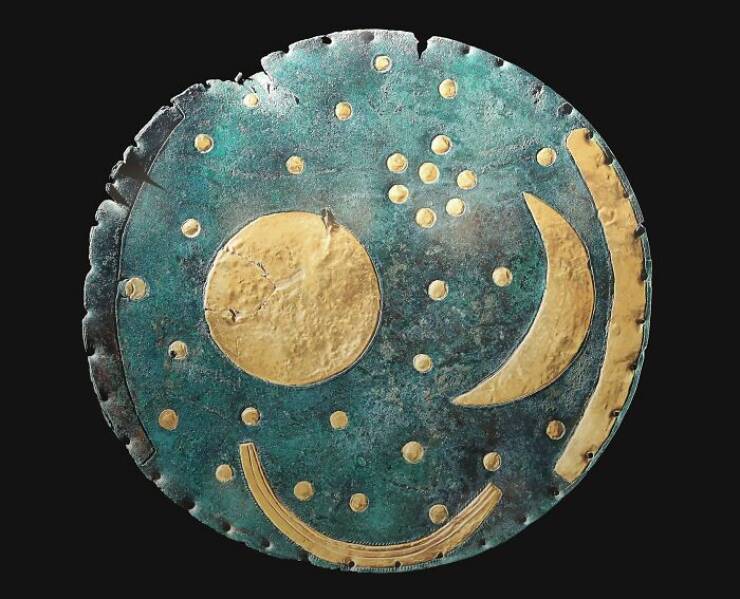
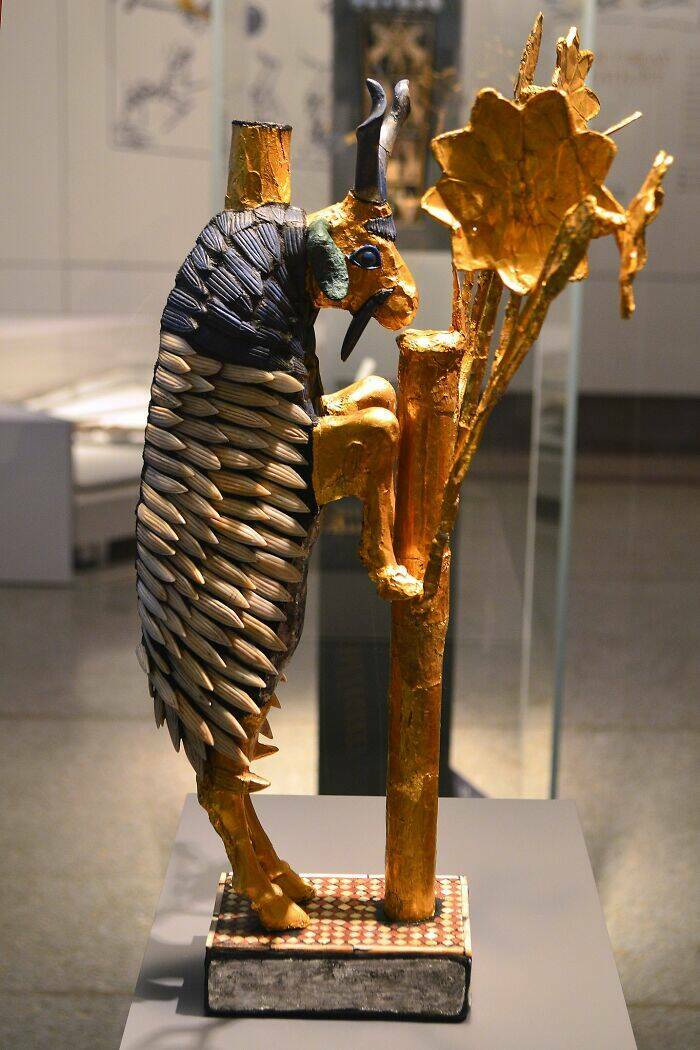
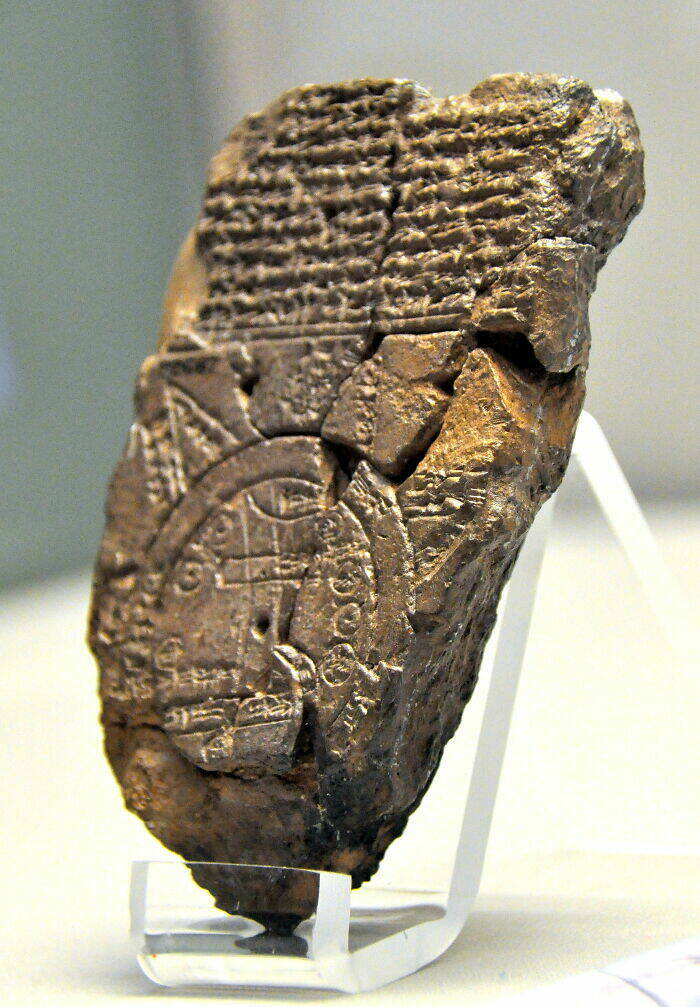

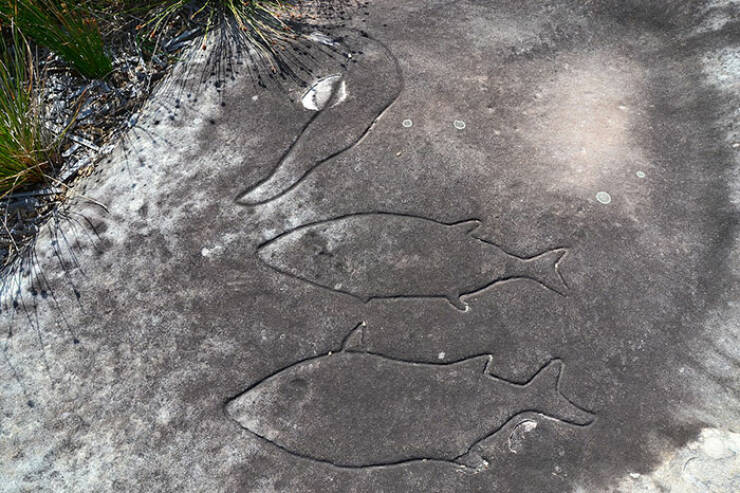
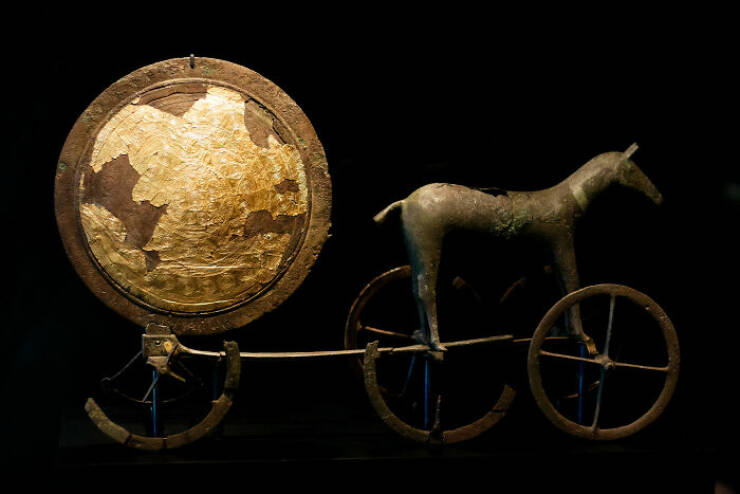


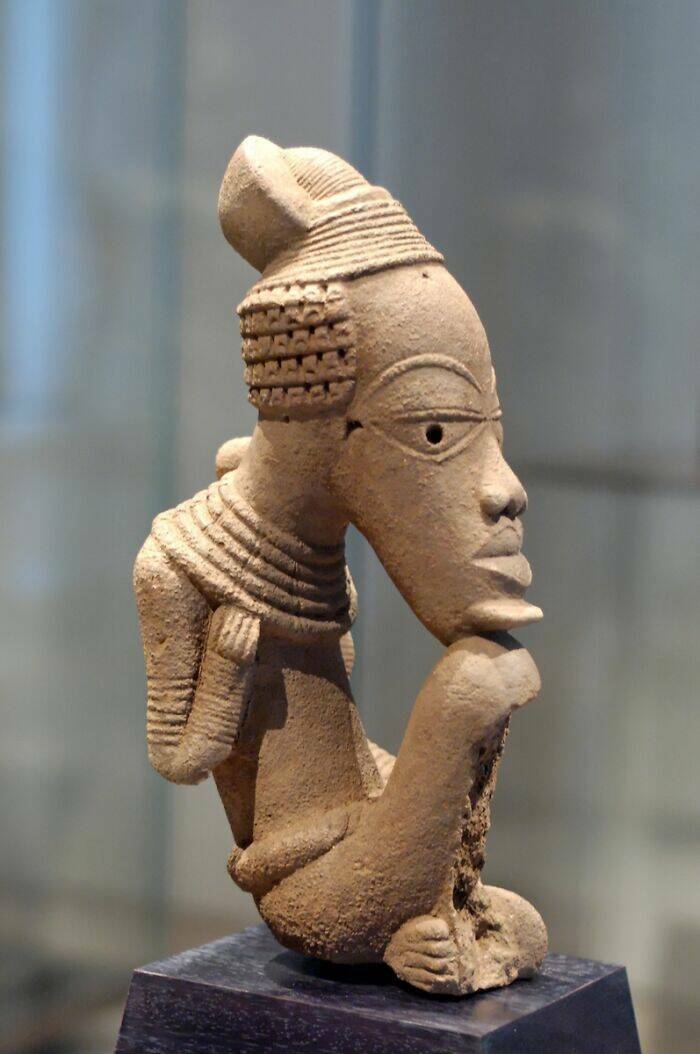
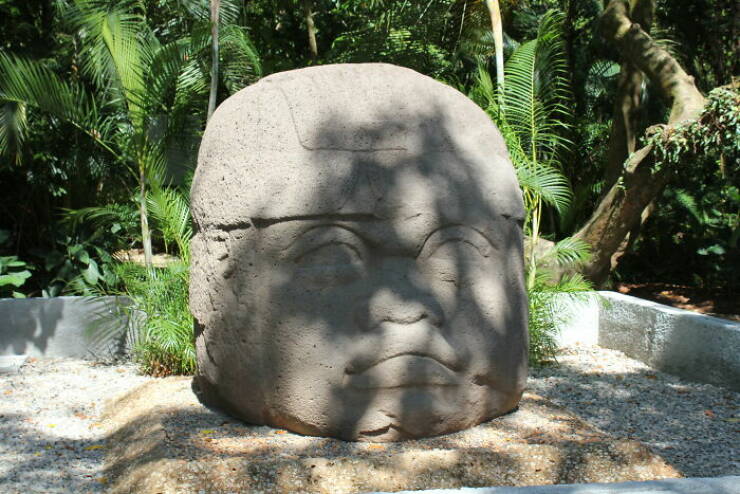

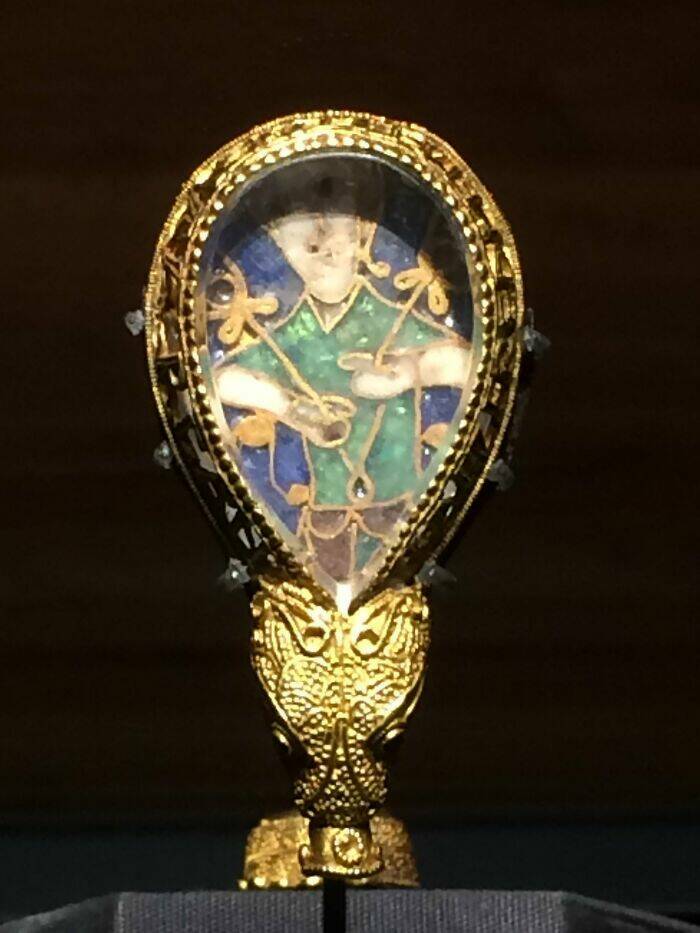
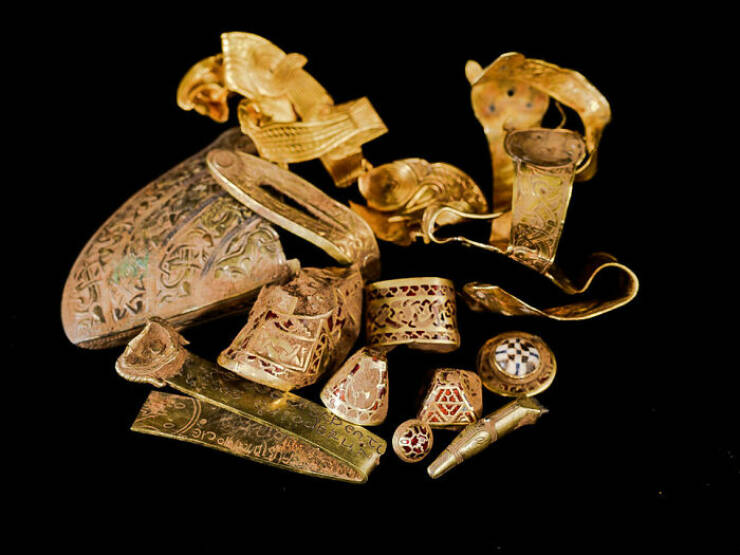

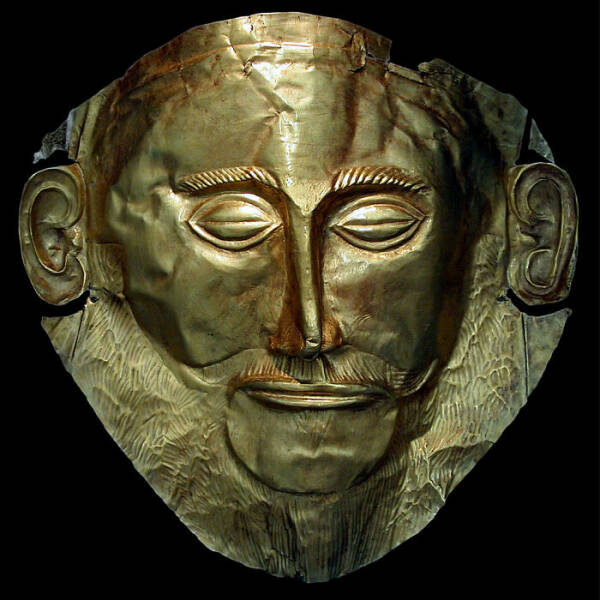
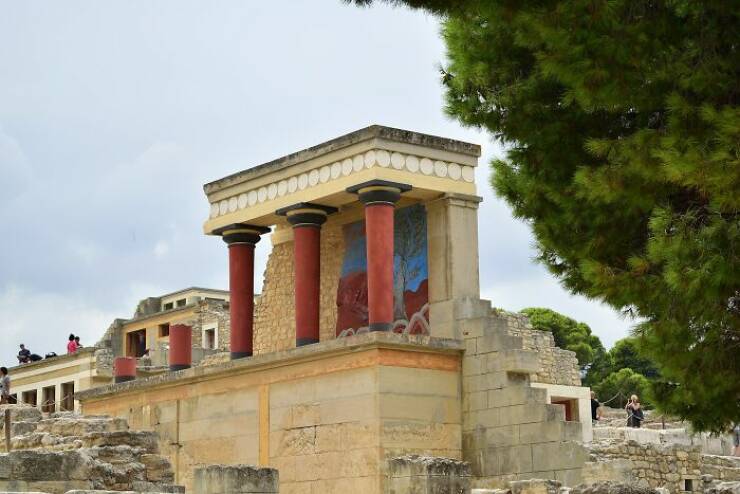
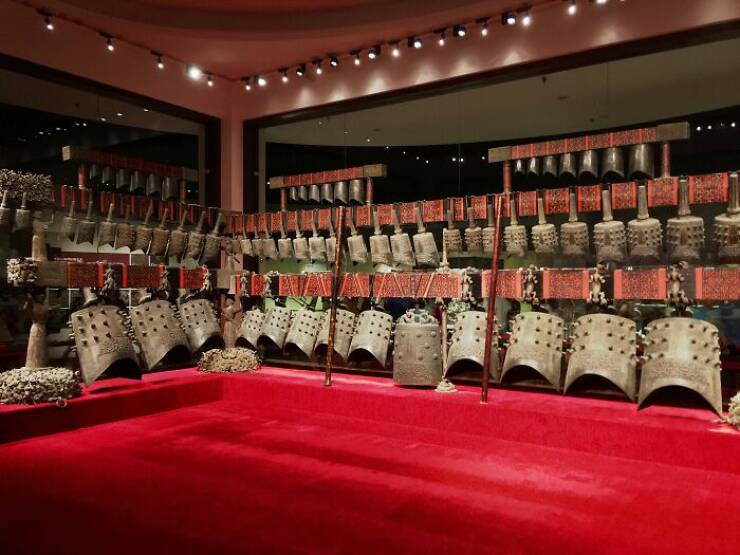
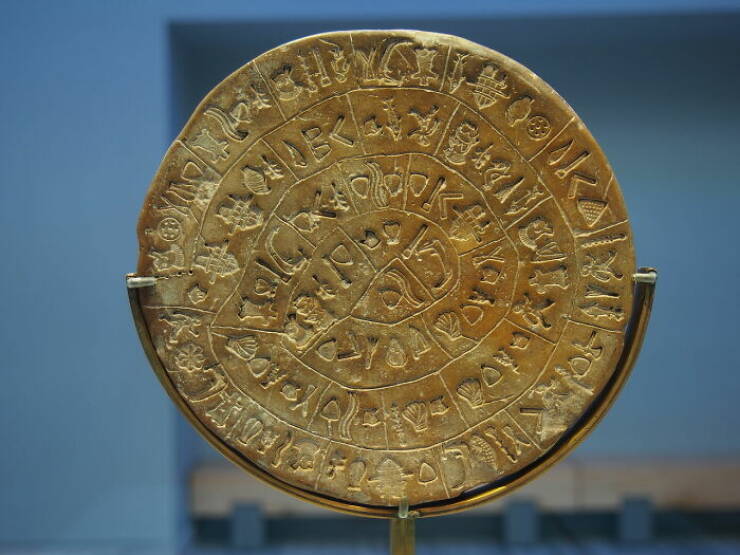



you haven't seen Galaxy Quest, have you?
it's interesting because nobody was able to decipher it. It was sold to Rudolf II at some point so chances are it was just faked to make money, however when they analyzed the texts there was no statistical evidence that it was just made up. It checked out as a language (from a statstical point of view) so it _may_ well be a code.
#24 Mm-hm. "Detailed."
#28 Is he resting his massive chin on his... ? Impressive, indeed.
#30 No forms of entertainment? There were toys for kids, there was music, dancing, many forms of art, plays, drinking, orgies... more drinking and more orgies... that's... well, that's about it, I guess.
#33 They seem unsure. The sign reads: "Burial site of Richard III?"
So how old was Napoleon in the early 1700s?
#10 Galileo was wrong. The 97% scientific consensus was...